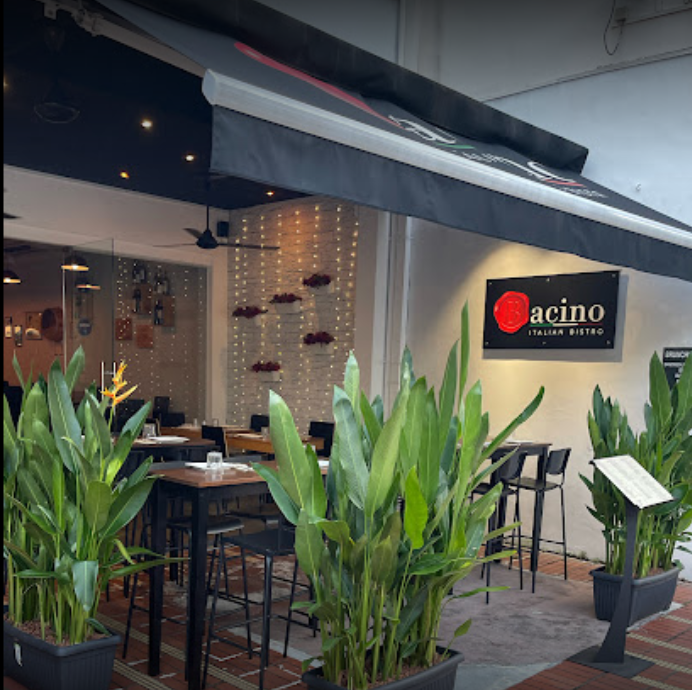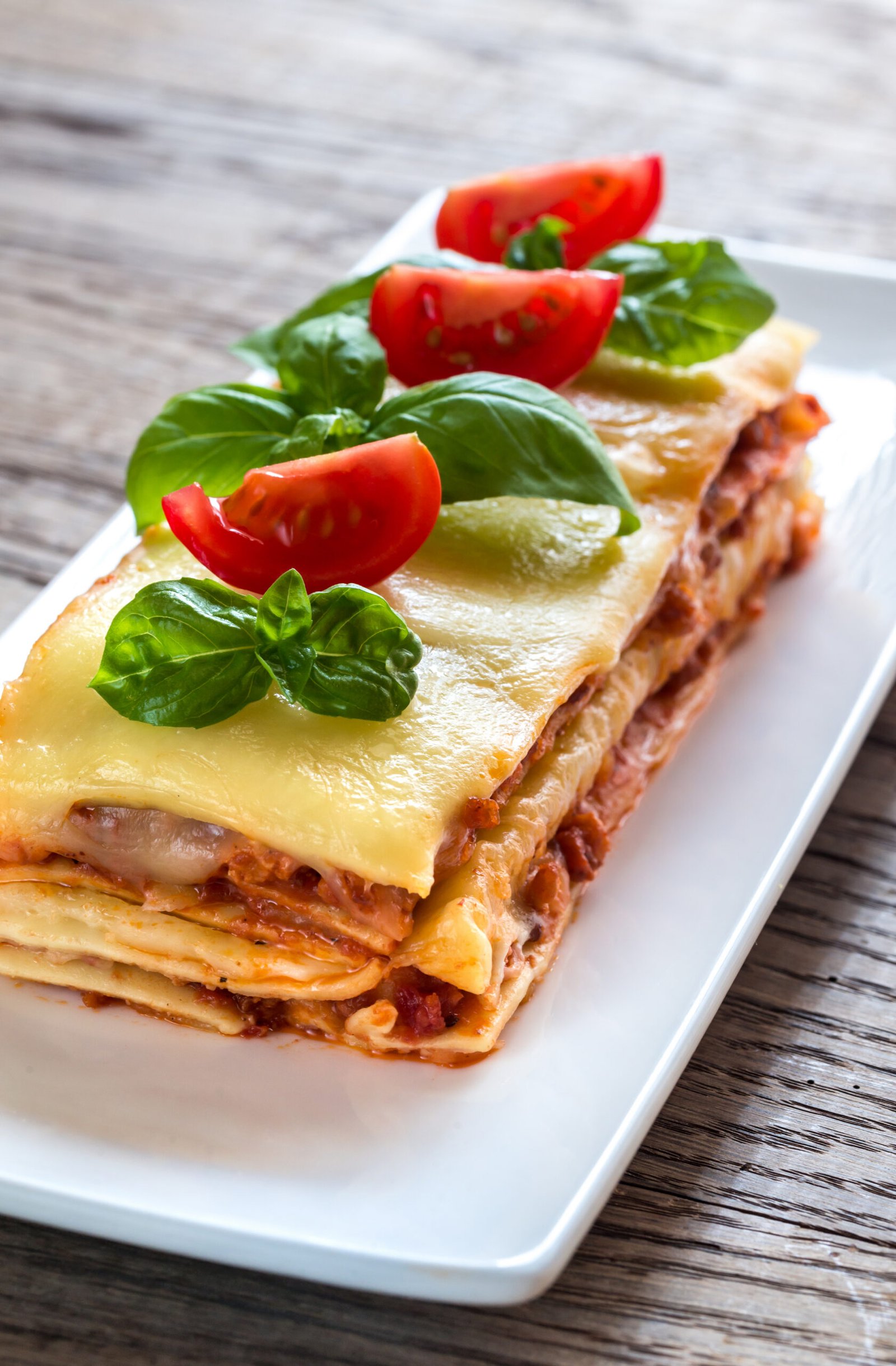Introduction
Are you unable to enjoy pasta because of gluten restrictions? You’re not alone. Gluten-free diets are crucial for individuals with Celiac disease or gluten sensitivity. These diets exclude wheat, barley, and rye, which means traditional pasta is off-limits.
Italian cuisine is famous for its pasta. From comforting bowls of spaghetti to indulgent lasagna, pasta holds a special place in Italy’s food culture. It’s more than just a dish; it’s a way of life that brings families together at the dinner table and plays a central role in festive gatherings.
Key Takeaway: Get ready to discover a world where tasty gluten-free pasta options meet authentic Italian flavors. In this article, we’ll introduce you to a variety of gluten-free pasta dishes inspired by the wonderful traditions of Italian cooking.
The Rich Culinary Heritage of Italy and Its Relationship with Pasta
Italy and pasta are practically synonymous. Italians have an unwavering passion for this beloved food, deeply ingrained in their culinary heritage. From the bustling markets of Rome to the cozy kitchens of Sicily, pasta has always held a special place in Italian hearts.
The Love Affair with Pasta
Pasta isn’t just food—it’s a cultural icon. It’s been a staple in Italian cuisine for centuries, representing comfort, tradition, and family. Picture this: Nonna (grandma) rolling out fresh dough on Sunday mornings, filling the kitchen with the warm aroma of homemade goodness. This ritual is more than just cooking; it’s a celebration of life and love.
Pasta at the Heart of Celebrations
Whether it’s a casual family dinner or an elaborate festive celebration, pasta takes center stage on Italian tables. Think spaghetti alle vongole during Christmas Eve, or lasagne alla Bolognese at large family gatherings. Each region boasts its unique pasta dishes, from pesto-tossed trofie in Liguria to ravioli stuffed with ricotta in Tuscany.
Traditional vs. Contemporary Techniques
Traditionally, pasta-making involved simple ingredients: wheat flour and water—or eggs for fresh varieties. These methods have been passed down through generations. However, as awareness of Celiac Disease grew, so did the need for gluten-free alternatives. The evolution in techniques includes:
- Corn-based pasta: A popular choice due to its texture and mild flavor.
- Rice flour pasta: Known for its lightness and versatility.
- Legume-based pasta: Chickpeas and lentils create protein-packed options.
Prominent brands have perfected these gluten-free varieties without compromising the authentic taste and texture that Italians adore.
Today’s contemporary Italian kitchens embrace these innovations, ensuring that everyone can indulge in the rich flavors of traditional dishes without dietary restrictions holding them back.
Understanding Celiac Disease and the Need for Gluten-Free Alternatives
What is Celiac Disease?
Celiac disease is a chronic digestive and immune disorder that damages the small intestine. It is caused by consuming gluten, which is a protein found in wheat, barley, and rye. This condition affects about 1% of the global population and requires strict adherence to a gluten-free diet to manage symptoms and prevent further damage to the intestines.
The Challenge of Eating Out for People with Celiac Disease
For individuals with celiac disease, going out to eat can be quite challenging. There is always a risk of cross-contamination in restaurant kitchens where flour particles can easily settle on gluten-free dishes or shared utensils can spread gluten. Italian cuisine, known for its heavy use of wheat-based ingredients like pasta and bread, presents even more difficulties:
- Hidden Gluten: Many dishes contain hidden sources of gluten, such as sauces thickened with flour or soups containing barley.
- Shared Cooking Areas: Pasta pots and pizza ovens are often used for both regular and gluten-free options, increasing the risk of cross-contamination.
- Limited Menu Choices: Traditional Italian restaurants may not have a wide selection of gluten-free alternatives available.
How Italian Restaurants are Addressing the Needs of People with Celiac Disease
Fortunately, Italy has been proactive in catering to individuals with celiac disease. Organizations like the Italian Celiac Association (AIC) have played a significant role in raising awareness and educating restaurants on safe practices for serving gluten-free meals. As a result, many Italian eateries now offer:
- Separate Cooking Spaces: Dedicated areas in the kitchen where gluten-free dishes are prepared to minimize cross-contamination.
- Clear Menu Labels: The phrase “senza glutine,” meaning “without gluten” in Italian, is often used to indicate dishes that are safe for those with celiac disease.
- Staff Training: Restaurant employees receive specialized training to understand the needs of customers with celiac disease and how to handle food safely.
The widespread knowledge and understanding of celiac disease within Italy have made dining out a less stressful experience for individuals who require gluten-free options. While traditional Italian dishes may still pose challenges, there are now innovative chefs and specialized restaurants that offer delicious alternatives without compromising on taste and authenticity.
Understanding the complexities of celiac disease helps us appreciate why gluten-free alternatives are crucial—especially in cuisines as traditionally gluten-heavy as Italian. The next section explores a variety of these tasty alternatives inspired by Italy’s rich culinary heritage.
Exploring the Spectrum of Gluten-Free Pasta in Italian Gastronomy
Corn-Based Pasta: Origins, Characteristics, and Popular Dishes
Corn-based pasta has become a staple in the gluten-free world. It was created to cater to those with Celiac disease. This type of pasta has its own unique flavor and texture. It is primarily made from corn flour, which gives it a slightly sweet taste and a firm texture that works well in many dishes.
Popular Corn-Based Pasta Dishes:
- Penne al Pomodoro: A classic tomato-based dish that’s simple yet delicious.
- Spaghetti Carbonara: The rich, creamy sauce goes perfectly with the slight sweetness of corn pasta.
- Fusilli con Pesto: Twisted pasta shapes are great for holding onto all the flavors of fresh basil pesto.
Prominent Brands Offering Gluten-Free Pasta Made from Alternative Flours
Italy’s commitment to accommodating gluten-free diets can be seen in the variety of alternative flours used for making pasta. Here are some notable brands:
1. Schär
- Flour Types: Rice, corn, quinoa
- Popular Products: Spaghetti, Penne, Lasagne sheets
2. Barilla Gluten-Free
- Flour Types: Corn and rice blend
- Popular Products: Elbows, Rotini, Spaghetti
3. Garofalo
- Flour Types: Mixed legume flours (chickpea, red lentil)
- Popular Products: Casarecce, Fusilli
4. Rummo
- Flour Types: Brown rice
- Popular Products: Rigatoni, Linguine
These brands not only offer excellent gluten-free options but also maintain the authentic taste and texture expected from traditional Italian pasta.
These products are readily available in gluten-free stores throughout Italy. This ensures that both locals and tourists can enjoy classic Italian dishes without compromising their dietary needs. Whether you’re cooking at home or dining out, these options make it easier than ever to indulge in delicious Italian cuisine while sticking to a gluten-free diet.
Making Your Own Homemade Gluten-Free Pasta: A Labor of Love and Good Taste
Crafting your own gluten-free pasta at home is not just about following a diet; it’s about embracing a culinary adventure. Imagine the aroma of fresh ingredients filling your kitchen, the satisfaction of creating something from scratch, and the joy of indulging in a dish that suits your dietary needs perfectly.
Benefits of Homemade Gluten-Free Pasta
Making gluten-free pasta provides several perks:
- Customization: Tailor the recipe to suit your taste preferences and dietary restrictions. Whether you prefer pasta made from rice flour, chickpea flour, or a blend of various gluten-free flours, the choice is all yours.
- Freshness: Fresh pasta has a different texture and flavor profile compared to store-bought varieties. The difference is especially pronounced in gluten-free options, where freshness can significantly enhance taste.
- Control Over Ingredients: Avoid any unwanted additives or preservatives often found in packaged products. This way, you ensure only wholesome ingredients make it to your plate.
- Cost-Effective: While some premium gluten-free pastas can be pricey, making your own can be more economical in the long run.
Advantages of Using Gluten-Free Pasta in Traditional Italian Recipes
Integrating homemade gluten-free pasta into traditional Italian recipes opens up a world of delicious possibilities:
- Versatility: Gluten-free pasta works beautifully with classic sauces like marinara, pesto, or carbonara. It absorbs flavors well, ensuring every bite is as delightful as its wheat-based counterpart.
- Texture Variety: Depending on the flour used, you can achieve different textures—from chewy rice noodles perfect for lasagna to firm chickpea penne ideal for hearty dishes like pasta e fagioli.
- Nutritional Boost: Many gluten-free flours are packed with nutrients. For instance, chickpea flour is rich in protein and fiber, adding an extra health kick to your meal.
Getting Started with Homemade Gluten-Free Pasta
Here’s a simple approach to making your own gluten-free pasta:
- Choose Your Flour Blend: Combine rice flour, tapioca starch, and xanthan gum for a versatile dough. Alternatively, experiment with lentil or quinoa flour for unique flavors.
- Mixing & Kneading: Mix the dry ingredients before adding eggs (or egg substitutes) and water. Knead until you achieve a smooth dough.
- Rolling & Cutting: Use a pasta machine or rolling pin to flatten the dough. Cut into desired shapes—fettuccine, spaghetti, or even ravioli!
- Cooking: Boil briefly—fresh gluten-free pasta cooks faster than dried—then pair with your favorite sauce.
Homemade gluten-free pasta transforms traditional Italian cooking into an inclusive experience that everyone can enjoy, regardless of dietary restrictions. The process may require some effort, but the end result—a plateful of delectable pasta—is well worth it!
FAQs about Gluten-Free Pasta Options in Italian Cooking
Can you use gluten-free pasta in any Italian recipe, or are there certain dishes that work best with it?
Absolutely! You can swap gluten-free pasta into just about any Italian recipe. From classic Spaghetti Carbonara to a hearty Lasagna Bolognese, gluten-free pasta holds up well. Some pasta shapes like penne or fusilli might work better for baked dishes, while long noodles are ideal for saucy entrées. The key is to choose the right type of gluten-free pasta (corn, rice, chickpea) based on the dish you’re preparing.
Where can I purchase authentic Italian gluten-free pasta outside of Italy?
You don’t have to book a ticket to Rome to get your hands on authentic Italian gluten-free pasta. Many reputable brands like Barilla, Schar, and Rummo offer gluten-free options and are available internationally. Look for these products in your local grocery stores, specialty food shops, or online retailers like Amazon.
Are there any restaurants in Italy that specialize in gluten-free Italian cuisine, beyond just offering a few menu options?
Yes, indeed! Italy is a haven for those needing gluten-free options. Thanks to the high prevalence of Celiac disease, many restaurants go above and beyond. Accredited by the Italian Celiac Association (AIC), these places offer entire menus that are safe for those with Celiac disease. Cities like Rome, Milan, and Florence feature numerous eateries dedicated to serving delectable gluten-free Italian dishes without compromising on authenticity or flavor.
Looking for more? Check out city-specific guides that list Celiac-safe dining options throughout Italy—your taste buds will thank you!
FAQs (Frequently Asked Questions)
Can you use gluten-free pasta in any Italian recipe, or are there certain dishes that work best with it?
Gluten-free pasta can be used in a wide variety of Italian recipes, including traditional dishes like spaghetti carbonara, fettuccine alfredo, and lasagna. However, certain types of gluten-free pasta may work better in specific recipes due to their texture and taste, so it’s important to experiment and find the best match for each dish.
Where can I purchase authentic Italian gluten-free pasta outside of Italy?
Authentic Italian gluten-free pasta can be purchased from specialty food stores, gourmet markets, and online retailers that import products from Italy. It’s important to look for reputable brands that adhere to traditional Italian pasta-making techniques and use high-quality ingredients.
Are there any restaurants in Italy that specialize in gluten-free Italian cuisine, beyond just offering a few menu options?
Yes, there are several restaurants in Italy that specialize in gluten-free Italian cuisine, offering a wide range of dishes made with authentic gluten-free pasta and other traditional ingredients. These establishments are dedicated to providing a safe and enjoyable dining experience for individuals with Celiac disease and gluten sensitivities.














































































